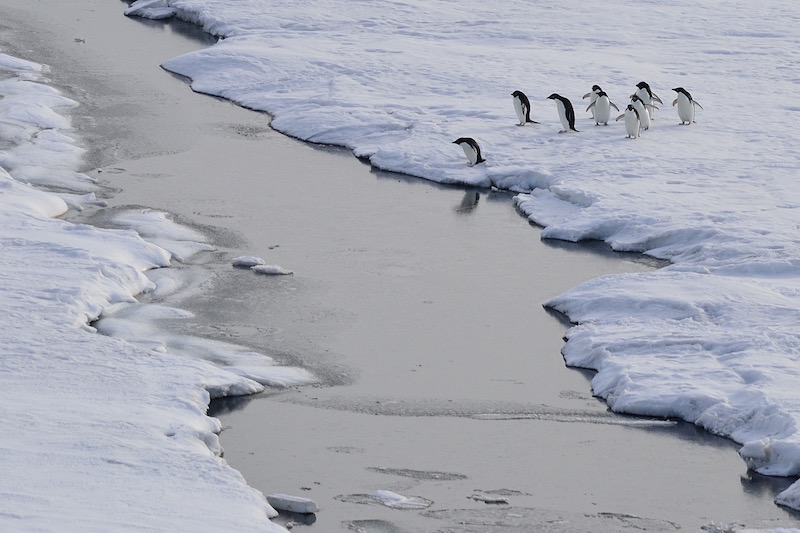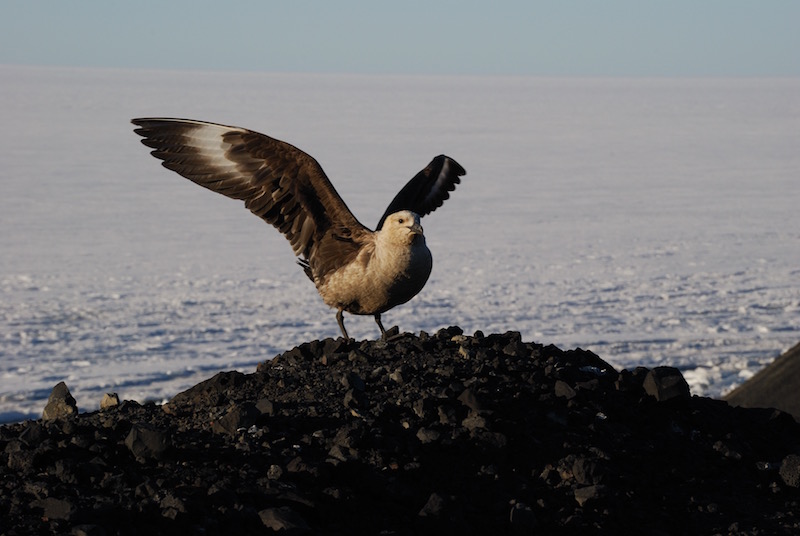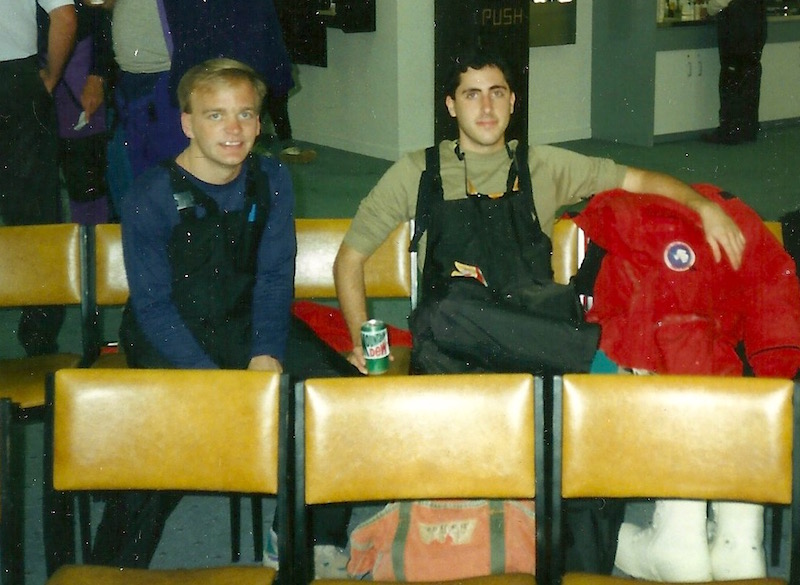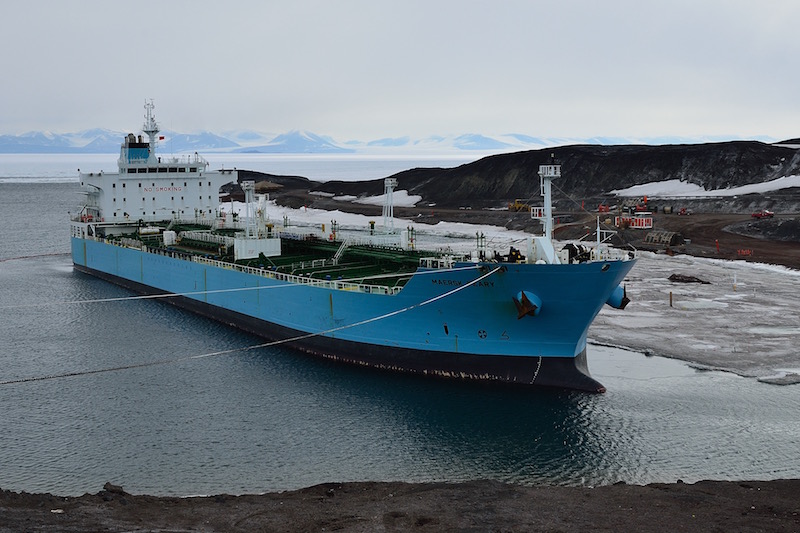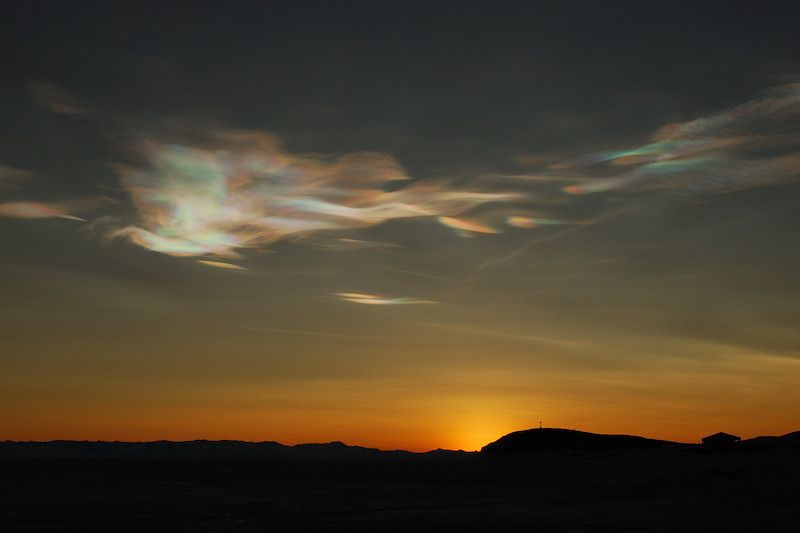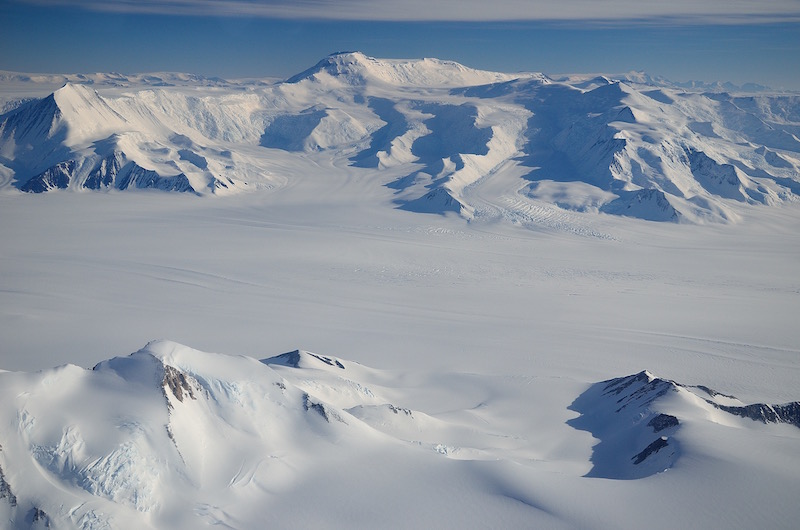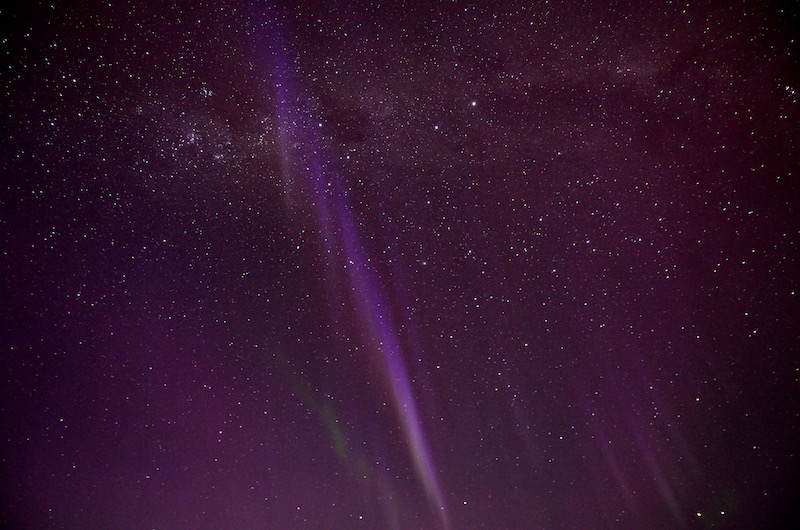McMurdo Station, Antarctica
September 26, 2016
Last week I asked readers of this blog to send me their questions about Antarctica. A lot of the questions came from my daughter Sabrina’s 2nd grade class at Coal Creek Elementary School. I was able to Skype with Sabrina’s class and answer their questions live but because they were such good questions I’ve included them here.
Here are some of the questions from Mrs. Yost’s 2nd grade class.
How do you feel when you are wearing all of your cold weather gear?
As I mentioned in a previous blog post we wear almost 20 pounds of cold weather gear when we go outside at this time of year in Antarctica. That much clothing is pretty bulky so that makes it a bit uncomfortable to wear all of it, but it is great for keeping us warm, even in the very cold temperatures we’ve seen in the past month. Of course, once you come inside it is much too warm to keep all of that cold weather clothing on so you need to take a lot of it off when you are inside. It does get tiring to put on and take off so many layers of clothes each time you go outside or inside. The other day when we were driving to the runway it was about -20 degrees F outside but I was so warm in our van that I was driving with the window open just to stay at a comfortable temperature in all of my cold weather gear.
What is the coldest temperature you have been in? (Several people asked about this)
The coldest temperature I’ve ever experienced has been on this trip and is -56 degrees F. This was the air temperature, not a wind chill temperature. Prior to this trip I’d experienced -54 degrees F in Antarctica in 2009. In the US I’ve seen temperatures down to -42 degrees F when I lived in Montana and temperatures dipping to about -20 degrees F when I lived in Wisconsin, Wyoming, and Colorado. I love these really cold temperatures. I hope to experience even colder temperatures one day.
Are there penguins and polar bears there?
There are lots of penguins in Antarctica but no polar bears. Polar bears only live in the Arctic, which is good for the penguins since I’m sure if polar bears lived in Antarctica they’d eat a lot of penguins.
Where in Antarctica do penguins live?
Penguins build nests, out of rocks, along the coast of Antarctica. They raise their young in these nests but they swim in the ocean to catch fish to eat and feed to their chicks. Penguins also live in New Zealand, South America, South Africa, and Australia as well as many islands in southern oceans.
Did you see any animals?
On this trip, because it is still late winter and the sea ice extends very far from the coast, there are almost no animals around, but I have seen a few seals near McMurdo during this trip. On previous trips I’ve seen lots of penguins (both Adelie and emperor penguins), seals, whales, and a large seagull like bird called a skua.
Where do you get the drone?
The SUMO drones we are using for our research were bought from a company in Germany. They are used by several other research groups besides mine.
How do you fly drones?
The SUMOs can be controlled by using either a remote control, like you’d use for any model airplane, or by its autopilot which communicates with ground control software on a laptop. For the take-off and landing I’ll control the SUMO with the remote control but otherwise the SUMO flies in autopilot mode and communicates with our laptop.
Do you fly your SUMOs with jet engines or rocket engines?
I wish we had a jet or rocket engine on the SUMO. That would allow us to more easily launch them during all the light wind conditions we’ve experienced this month. The SUMO instead has a propeller driven by an electric engine.
How high can the drone fly?
For our previous work we have flown the SUMOs up to 4000 feet but for this trip our maximum altitude has been around 1500 feet. Other groups that use the SUMOs have flown them over 10,000 feet above the ground.
How many times do you fly the drone in a day?
On this trip we’ve done as many as 5 SUMO flights in a day with about 2 hours between each flight. On previous trips we’ve done as many as 12 flights in a single day.
How many people live at McMurdo Station?
The number of people living in McMurdo Station varies through the year. During the winter, from February to August, about 125 people live in McMurdo. Right now, at Winfly, from late August until early October, there are a bit more than 300 people on station. During the main summer season, from October to February, as many as 1000 people will be in McMurdo. McMurdo is the largest base in Antarctica. Most of the other bases have populations of less than 100 people in summer.
Does anyone live there year round?
Some people will work in Antarctica for a year or a bit longer but no one lives here permanently. Some people do come back year after year, spending about 6 months in Antarctica, and 6 months elsewhere. Some of the people that I’ve seen in Antarctica on this trip were working down here when I made my first trip to Antarctica in 1994. Even though they don’t live here all the time Antarctica probably feels like home to them. I know I’ve spent enough time in Antarctica that it does feel like a home away from home for me.
What things do people do to help each other at McMurdo Station?
McMurdo is a very tightly knit community. Everyone that is down here is helping with the research that is done or supporting that research in some way. The United States air force has pilots and all of the other people needed to handle most of the flights to and from the continent. There are people here that maintain the trucks, snowmobiles, and other vehicles. There is a large garage used for all of this work. There are plumbers, electricians, heating repair people, and people that work in the sewage and water plants. There are people that handle the cargo that comes in by plane or ship and make sure that we get everything we need. There are people that work in warehouses that store all of the supplies needed to keep the base running year round. There are people that work in the galley preparing the food and there are janitors that help keep everything clean. There are many people that work with the visiting scientists to ensure that we can do our work and finally there are the scientists that come down to do their research. Right now of the 300+ people here. Of these roughly 300 people only about 10 are scientists – the rest are here to support the scientists, keep the base running, and to prepare for the busier summer season that starts in early October. During the summer the number of scientists will increase but so will the number of support personnel.
Here are some of the other questions I received.
There is obviously a great deal of effort and expense that goes into conducting fieldwork in Antarctica. How do you determine if an instrument or instrument platform (e.g., SUMO) will function properly in that harsh environment? Is there a way to test instruments and/or platforms back in the US to see if they can handle the conditions? Perhaps something like a cold chamber?
For instruments that will be deployed during the Antarctic summer season the conditions experienced are not very different from those experienced in the colder parts of the US, like Colorado, during our winters so other than testing these instruments at home during the winter nothing special needs to be done to test these instruments before deployment.
While I would have loved to test our SUMOs in the US before flying them in Antarctica the rules governing UAVs in US airspace are very strict and made it too difficult to try and get permission to fly them in Colorado before I deployed. I did do test flights with all of our SUMOs in Germany, where I purchased them, but of course the environmental conditions there were not similar to what we are experiencing in Antarctica. My first SUMO flights in Antarctica were done during a summer deployment in 2012 to test their capabilities in Antarctica. We also did some test flights with the SUMOs in September 2012 to make sure they could operate in late winter conditions in Antarctica before committing to a full winter season focused on making SUMO measurements. Overall I’ve been very impressed with how robust the SUMO UAVs are. They perform as well at -40 degrees F as they did at 70 degrees F in Germany when I bought them.
Since I work in wastewater treatment, I was curious what kind of process they use down there.
This is not my area of expertise but what I’ve found out by asking around is that microbes (water bears and nematodes) consume and process the wastewater. The liquid is then squeezed out and the remaining solids are dried. The dried “cakes” are shipped back to the US for disposal and the extracted water is treated and returned to McMurdo Sound.
How do you get fresh water? Is it flown in?
Some of what we need down here is flown in on military cargo transport planes (C-17s and C-130s) but most of the bulky and heavy material is sent down by cargo ship. Once a year an icebreaker clears a path to McMurdo Station so a cargo ship and tanker can bring in cargo and take out waste and anything else that isn’t needed. Water is not shipped down though. There is a water treatment plant here that uses a reverse osmosis system to desalinize the water from McMurdo Sound. This fresh water is then treated and distributed through a plumbing system to all of the buildings in McMurdo.
Is there a governing body for Antarctica? Is Antarctica divided into states or territories?
The Antarctic Treaty is an international treaty signed by 53 nations that specifies what activities can take place in Antarctica. The treaty states that Antarctic shall be used for peaceful purposes only and that no new territorial claims may be made. Several countries made claims to different portions of Antarctica before the Antarctic treaty went into effect but there are no states or territories in Antarctica.
And finally two related questions.
I guess the biggest question is WHY anyone would want to live there?
This is an excellent question. Certainly the isolation and cold, stormy weather would cause most people to never consider spending any extended period of time here. With that said, some people do enjoy the extreme environment (I love experiencing the bitter cold temperatures down here) and even though there aren’t many people here there is a very strong sense of community that people that come to Antarctica year after year grow to love. In all of my trips down here I’ve seen only two real responses to Antarctica – either people come here and love it and can’t wait to come back or they come once and know they never want to come here again. After 13 trips and almost a year of my life spent down here I obviously fall into the first category, although right now I’m definitely ready to get home and see my family.
What do you like about Antarctica?
This was a question from one of the 2nd graders. I love this question but it is a hard one to answer. As strange as it sounds I like how remote Antarctica is – it almost feels like you are on another planet when you are here. I like the adventure of going to Antarctica and the fact that my daughter views me as an explorer because I go to Antarctica. I hope that by seeing me do this, and knowing that her Mom also went to Antarctica, that that gives her the drive to explore and be adventuress as she goes through her life. I love the extreme weather – the bitter cold, the howling winds and blizzard conditions. The weather we experience at home is so tame compared to what I get to experience here. As a meteorologist it is fantastic to see and live in such extreme weather. Below is a link to a storm we experienced a few days ago.
Condition 2 storm in McMurdo – September 2016
To give you a better sense of how reduced the visibility was during the storm, due to the blowing snow, here is another video, taken from the same location but on a clear day.
The view from Crary lab in McMurdo – September 2016.
But, probably the thing that keeps bringing me back to Antarctica and that I love most about being here is how beautiful it is. I love seeing the mountains and glaciers, seeing the Southern Lights and the vast Antarctica night sky, I love seeing the sun rise and set or just skim the horizon casting the landscape in a long twilight glow. It is just an amazing place to experience and I feel very, very lucky that I’ve had the chance to work here for more than 20 years. Below are some pictures of the beauty down here taken on my previous trips. I’ll post some more scenic photos from this current trip in a future blog post.
Thanks everyone for the great questions.

